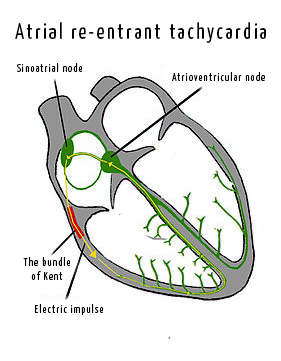
10 The incidence of a cardiovascular disease such as ischemic heart disease, ischemic stroke or peripheral arterial disease, or hypertension or diabetes mellitus, was higher in patients with incident AF than in the general population. 9 One study found that the median CHA 2DS 2-VASc score was 4.0 in patients with long-standing, persistent or permanent AF compared to that (3.0) in patients with first-detected AF, paroxysmal or persistent AF. The proportion of patients with previous stroke, coronary artery disease, hypertension, heart failure, and diabetes mellitus is higher in patients with permanent AF compared to those with first-detected AF, paroxysmal AF and persistent AF. 8 Notably, the prevalence of cardiovascular risk factors and other comorbidities varies between patients with the different types of AF. 6, 7 In a recent study of patients with newly diagnosed AF, 29.7% had unclassified AF, 27.5% had paroxysmal AF, 17.9% had persistent AF and 24.9% had permanent AF when they were classified up to six weeks after the first-detected episode. 5ĪF is a progressive disease, and in clinical practice it is classified as follows: first-diagnosed AF, paroxysmal AF, persistent AF or permanent AF.

The Framingham study showed that 31% of the patients diagnosed with AF had a provoking factor at the time of their diagnosis of AF. 2, 4 It is not uncommon for a provoking factor, such as surgery or infection, to be present when AF is first diagnosed. The annual incidence of AF in subjects of all ages was 4.1 per 1,000 person-years in a German study and 0.9 per 1,000 person-years in a Scottish study. 1 – 3 Only a few studies have investigated the incidence of AF, and the results have been inconclusive. Recent studies have reported that the prevalence rate of atrial fibrillation or atrial flutter (AF) is 2%–3%. Status epilepticus noted in the medical record as a provoking factor for the first episode of AF at the same time as the first-diagnosed episode of AF High tumor burden noted in the medical record as a provoking factor for the first episode of AF at the same time as the first-diagnosed episode of AFĪortic aneurysm noted in the medical record as a provoking factor for the first episode of AF at the same time as the first-diagnosed episode of AF Thyrotoxicosis or overdosage of levothyroxine noted in the medical record as a provoking factor for the first episode of AF at the same time as the first-diagnosed episode of AFĭehydration noted in the medical record as a provoking factor for the first episode of AF at the same time as the first-diagnosed episode of AFĪcute abdominal pain noted in the medical record as a provoking factor for the first episode of AF at the same time as the first-diagnosed episode of AF Thyrotoxicosis or overdosage of levothyroxine Provoking factors for the first episode of AF:Īll types of cardiac surgery performed within 30 days preceding the first-diagnosed episode of AF (valvular repair or replacement surgery, coronary artery bypass grafting, percutaneous coronary intervention included)Īll types of non-cardiac surgery performed within 30 days before the first-diagnosed episode of AFĪ diagnosis of an acute infection in the medical record at the same time as the first-diagnosed episode of AFĪ diagnosis of a myocardial infarction in the medical record at the same time as the first-diagnosed episode of AFĪnemia noted in the medical record at the same time as the first-diagnosed episode of AF Previous myocardial infarction, objectively verified peripheral arterial disease (verified by appropriate imaging or treated with revascularization or amputation), complex aortic plaque or previous surgery for an arterial aneurysm ICD-10 diagnosis of arterial embolism or a diagnosis of arterial embolism in the medical record

#PAROXYSMAL ATRIAL FLUTTER ICD 10 PLUS#
ICD-10 diagnosis of TIA or diagnosis of TIA in the medical record plus sudden onset of neurological symptoms and/or signs that lasted less than 24 hours ICD-10 diagnosis of stroke or a diagnosis of stroke in the medical record ICD-10 diagnosis of diabetes mellitus or a diagnosis of diabetes mellitus in the medical record ICD-10 diagnosis of hypertension or receiving antihypertensive treatment ICD-10 diagnosis of congestive heart failure or LVEF ≤40% or at least moderately decreased left ventricular systolic function Risk factors for stroke and systemic embolism:


 0 kommentar(er)
0 kommentar(er)
